VietPress USA (Oct. 6th, 2016):


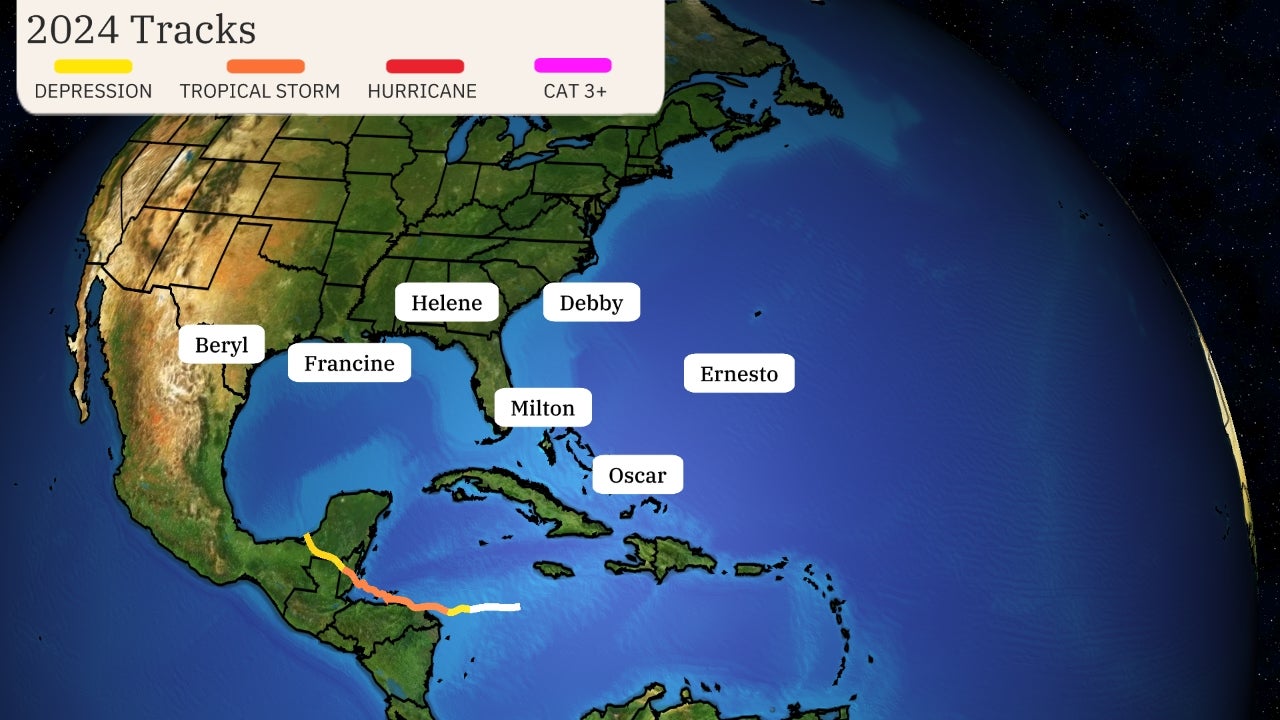


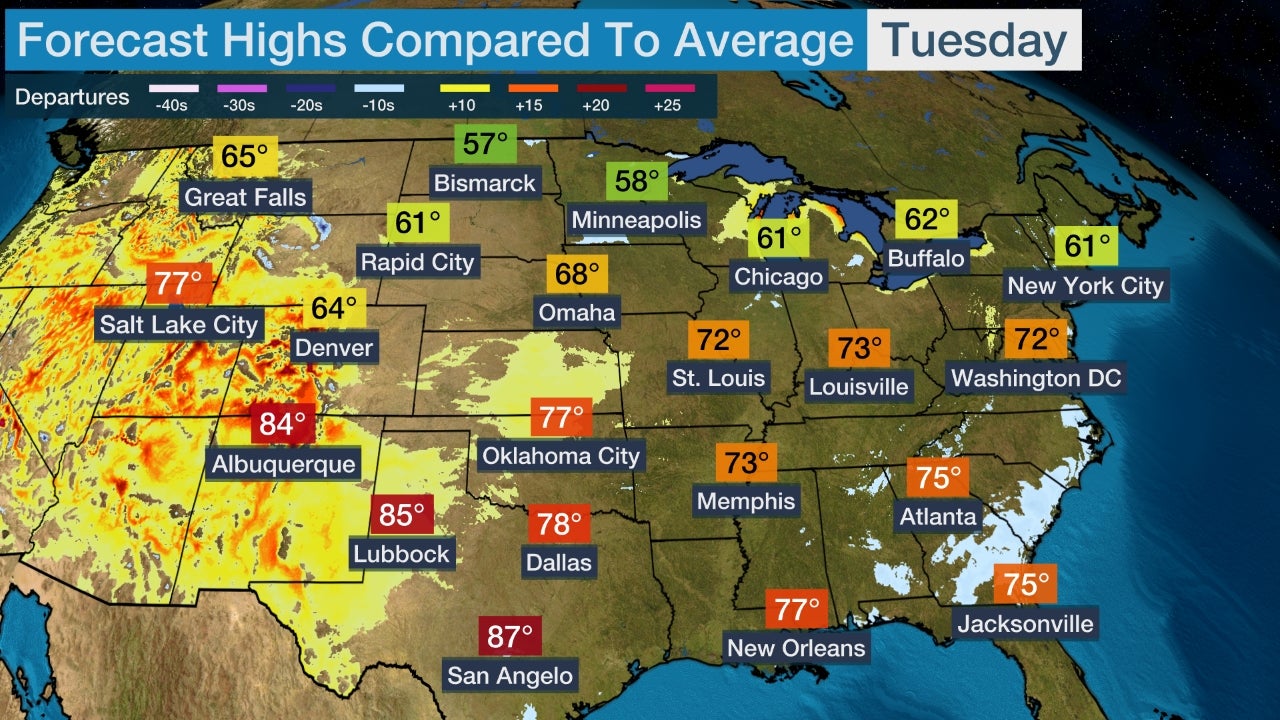
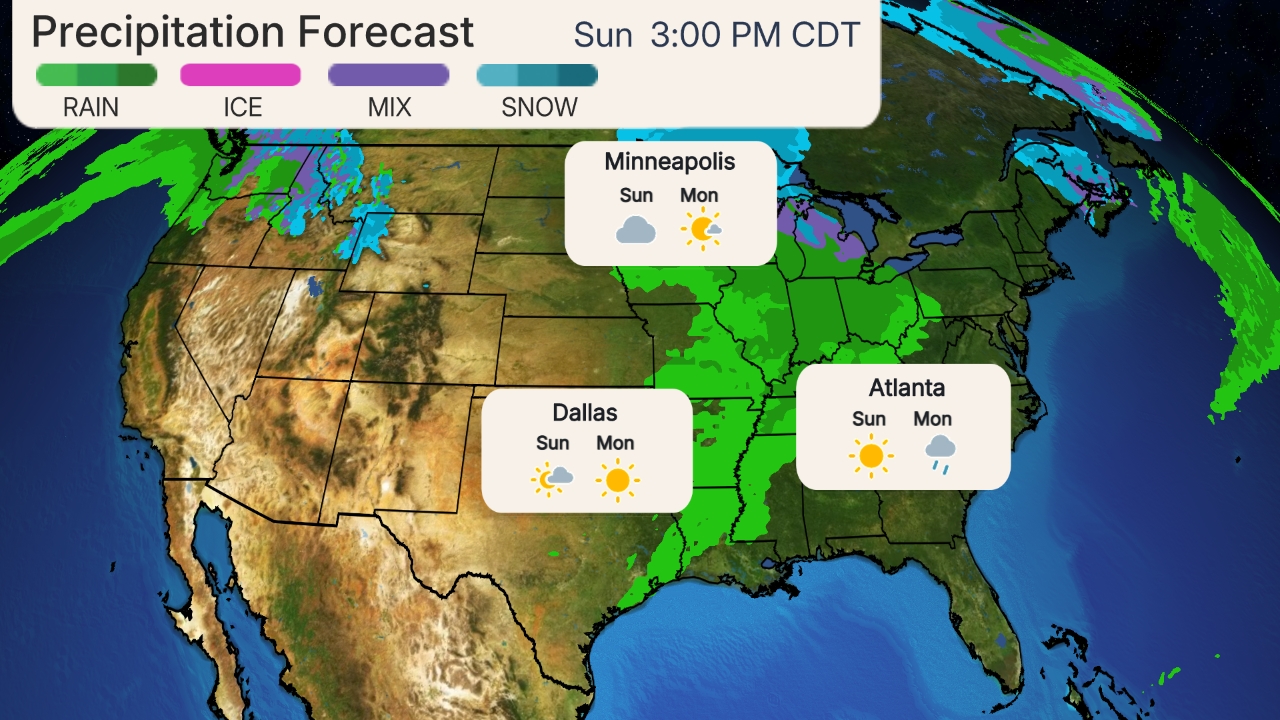

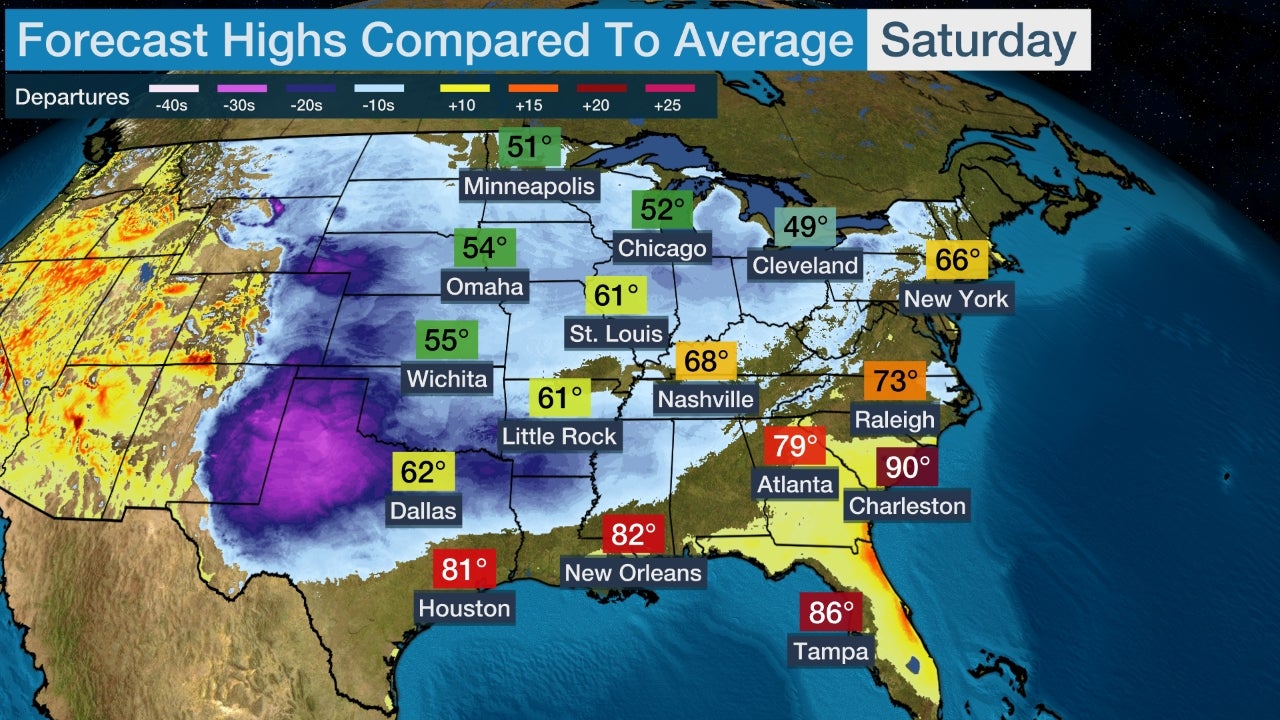
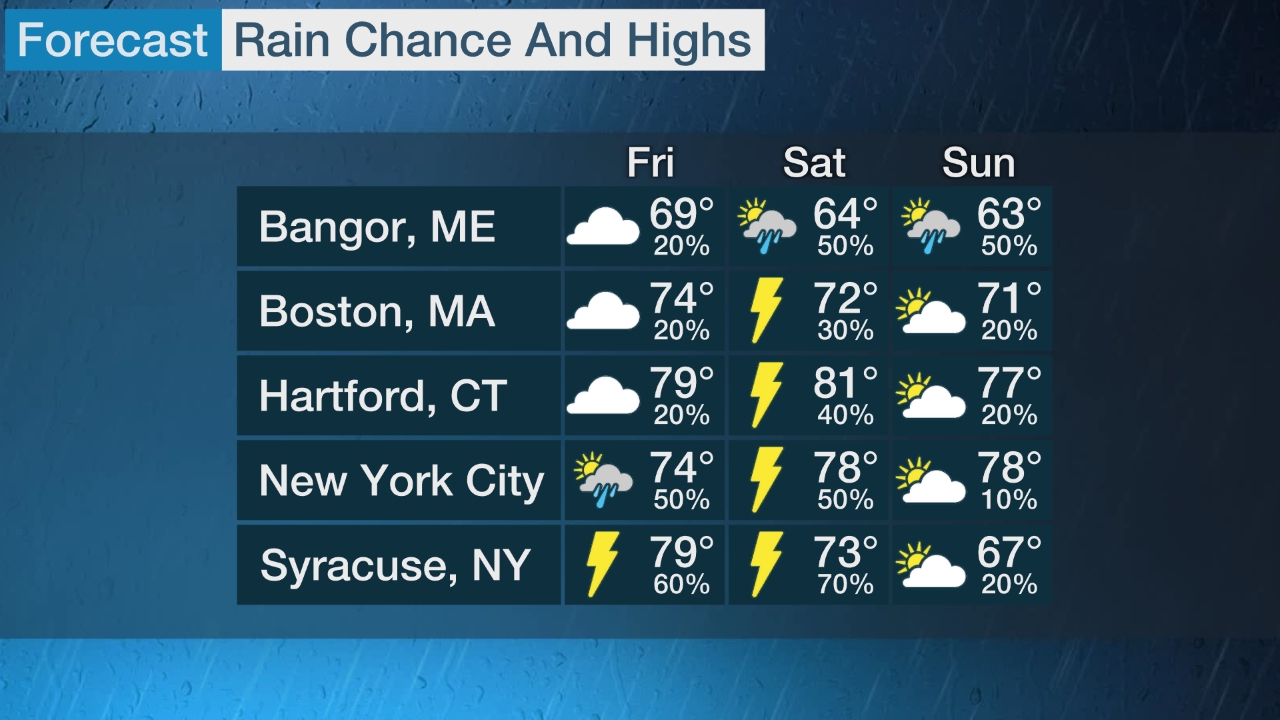
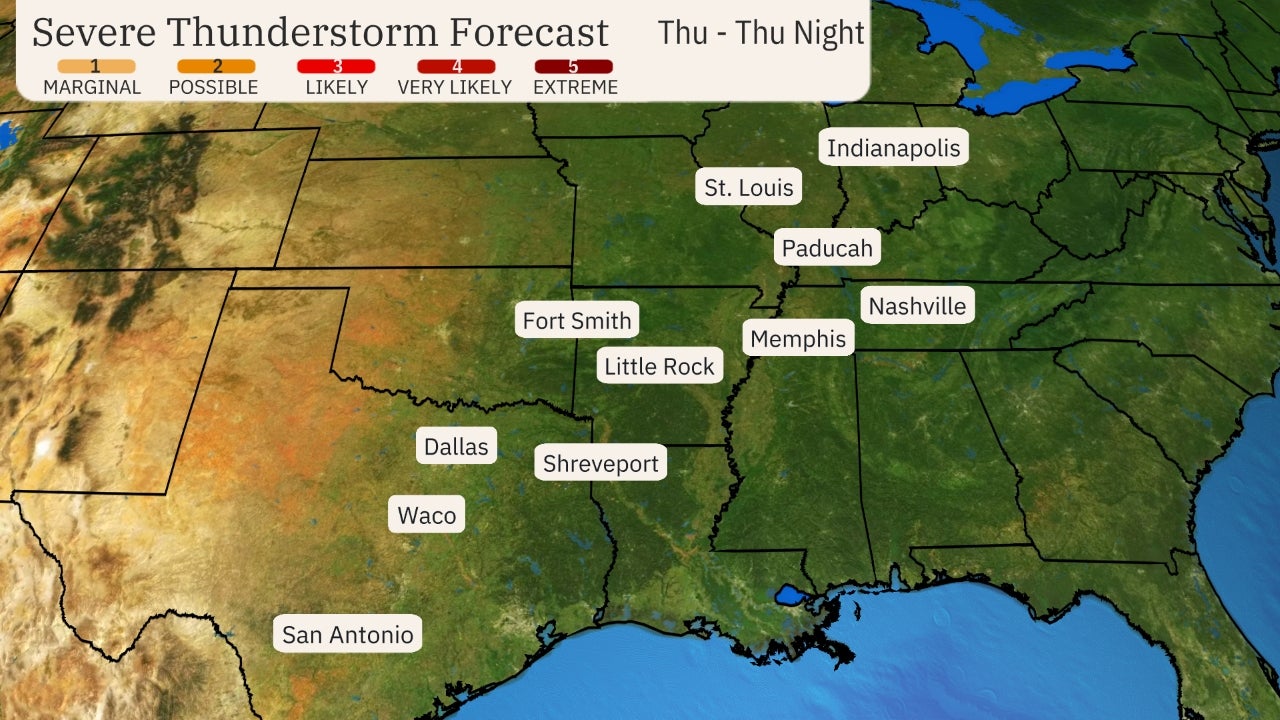

Hạnh Dương
www.Vietpressusa.com
Matthew Beginning to Spread Tropical Storm Conditions into East Florida; Potentially Catastrophic Hurricane Strike With 'Sandy-Like' Storm Surge For Parts of Florida, Georgia, South Carolina
Published:
Oct 6 2016 10:00 PM EDT
weather.com
Federal Official: Take Storm Seriously
Hurricane Matthew, a Category 4 hurricane hammering the northwest Bahamas, is hours away from beginning a potentially catastrophic, rare Category 4, perhaps even Category 5 siege on Florida's east coast, with dangerous storm surge, destructive winds and flooding rainfall stretching into Georgia and South Carolina by the weekend.
Tropical storm force winds have begun to roll ashore on Florida's east coast. Palm Beach International Airport has gusted as high as 50 mph so far.

Projected Path and Intensity
The eyewall may deliver the strongest, most destructive winds anyone in parts of the northeast and east-central Florida coast has seen in their lifetime. The last, and only, Category 4 hurricane to make landfall anywhere in northeast Florida or the Georgia coast was an 1898 hurricane south of St. Simons Island, Georgia.
According to the National Weather Service in Jacksonville, Florida, "Some of the lowest barrier islands will be completely overtopped with large battering waves and life-threatening flooding. Barrier islands are likely to be breached and it is extremely possible that new inlets will be cut off in the worst affected areas."
This will be a much greater storm surge than the New Jersey shore saw during Superstorm Sandy in Oct. 2012, the National Weather Service in Jacksonville, Florida, says.
The National Weather Service in Melbourne, Florida, also pulled no punches regarding the potential impact, saying Matthew would likely be stronger than any hurricane in recent decades, including the 2004 hurricanes (Charley, Frances, Jeanne) as well as Hurricane David in 1979.
Embedded in NWS-Melbourne's hurricane local statement Thursday morning were these chilling paragraphs:
WIDESPREAD EXTENSIVE TO DEVASTATING WIND IMPACTS WILL BE FELT. AIRBORNE DEBRIS LOFTED BY EXTREME WINDS WILL BE CAPABLE OF BREACHING STRUCTURES, UNPROTECTED WINDOWS AND VEHICLES. EFFECTS SUCH AS THESE RANGING FROM THE COAST TO WELL INLAND HAVE NOT BEEN EXPERIENCED IN CENTRAL FLORIDA IN DECADES. LOCAL WINDS WILL EXCEED WHAT OCCURRED DURING THE HURRICANES OF 2004. ANY EVACUATIONS AND STRUCTURE PREPARATION SHOULD BE COMPLETED THIS AFTERNOON. TRAVEL WILL BE STRONGLY DISCOURAGED BEGINNING AT DUSK. EXPECT WIDESPREAD POWER OUTAGES.
The severe impacts from this hurricane could lead to some locations being uninhabitable for weeks or months, the National Weather Service says.
Hurricane warnings have been extended northward to South Santee River, South Carolina. This includes locations such as Orlando, Jacksonville, Florida, Savannah, Georgia, and Charleston, South Carolina. Jacksonville had not been under a hurricane warning in 17 years, until now.
A hurricane warning remains in effect along the east coast of Florida north of Boca Raton, as well as the northwest Bahamas.
A tropical storm warning remains in effect from north of the South Santee River, South Carolina, to Surf City, North Carolina. Tropical storm warnings are also in effect from Ocean Reef to south of Boca Raton, Florida, along the Florida Keys and Seven Mile Bridge, and Florida Bay. On the West Coast of Florida, a tropical storm warning remains in effect from the Anclotte River in Pasco County to the Suwannee River.
All preparations in the eastern Florida peninsula, coastal Georgia and southern South Carolina should be rushed to completion.

Current Watches/Warnings
Latest Status and Storm Reports
Satellite and radar imagery show the eye of Matthew making steady progress toward the Florida coast. Radar indicates that Matthew made landfall along the western tip to Grand Bahama Island prior to 8 p.m. EDT with extremely high winds battering that island in the eyewall.
Matthew's tropical storm-force wind field (at least 39 mph sustained winds) extends up to 185 miles from the center, and hurricane-force winds extend up to 60 miles from the center. These winds could expand.

Current Wind Speed and Gusts
Some outer rainbands have been pivoting into Florida over the past several hours, with some stronger gusts embedded in those bands. Conditions will quickly deteriorate through Thursday evening from Fort Lauderdale northward. In the 9 p.m. hour, winds gust as high as 50 mph in Vero Beach.

Latest Radar, Warnings
Timing For Matthew

Projected Path and Intensity
Here is the approximate timing of the worst wind and surge impacts, coinciding with the nearest passage of the eyewall of Matthew. (Note that Matthew's eye may never make landfall, but its eyewall, containing the hurricane's strongest winds, may do so.)
- Southeast Florida: Through early Friday
- East-central, northeastern Florida: Friday through Friday night
- Georgia coast: Friday evening through Saturday morning
- South Carolina: Saturday through Saturday night
- North Carolina (mainly south): Saturday afternoon through early Sunday
Small, subtle changes in the path of the eyewall, sometimes not resolvable until hours before the passage, will make a large difference on wind impact.
Storm Surge, Battering Waves, Beach Erosion Dangers
Major, damaging storm surge flooding is expected as Matthew curls its way northward along the Southeast coast. If you live along the immediate coast and are told to evacuate, please do so.
Here is how high the water could reach during this life-threatening inundation if the peak surge coincides with high tide, according to the National Hurricane Center:
- Sebastian Inlet, Florida, to the Edisto Beach, South Carolina: 7 to 11 feet above ground level
- Boca Raton, Florida, to the Sebastian Inlet, Florida: 4 to 6 feet above ground level
- Edisto Beach, South Carolina, to South Santee River, South Carolina: 4 to 6 feet above ground level
- South Santee River, South Carolina, to Cape Fear, North Carolina: 2 to 4 feet above ground level
- Virginia Key, Florida, to Boca Raton, Florida: 1 to 3 feet above ground level
The 7- to 11-foot above ground level forecast storm surge from Sebastian Inlet, Florida, to the Edisto Beach, South Carolina, is comparable, or even higher in spots, than what New Jersey and New York experienced during Superstorm Sandy in Oct. 2012. The highest surge values there were 4 to 9 feet above ground level.

Storm Surge Inundation Forecast
Here are times of high and low tides for several locations that could see significant storm surge inundation. Keep in mind the NHC surge forecasts are "worst-case scenarios" if they occur at high tide.
| St. Augustine, Florida | 12:39 a.m. Fri. - high | 6:42 a.m. Fri. - low | 1:04 p.m. Fri - high | 7:34 p.m. Fri - low |
| Jacksonville Beach, Florida | 12:35 a.m. Fri. - high | 6:29 a.m. Fri - low | 1:03 p.m. Fri - high | 7:29 p.m. Fri - low |
| St. Simons, Georgia | 7:30 p.m. Fri - low | 1:29 a.m. Sat - high | 7:28 a.m. Sat low | 1:50 p.m. Sat - high |
| Fort Pulaski, Georgia | 7:24 p.m. Fri - low | 1:22 a.m. Sat - high | 7:23 a.m. Sat. - low | 1:54 p.m. Sat - high |
| Charleston, South Carolina | 12:57 a.m. Sat - high | 7:04 a.m. Sat - low | 1:39 p.m. Sat - high | 8:04 p.m. Sat - low |
Matthew will also continue to generate large, battering waves along the entire coastline of the Southeast through this weekend. Mariners should stay out of the water given this danger.

Forecast Waves From Matthew
Of course, major beach erosion is a given with all those factors above playing out.
Destructive, Potentially Deadly Hurricane-Force Winds

Hourly Wind Gust Forecast
Forecast wind gusts for Matthew. These are subject to change depending on Matthew's exact path.
Matthew's eyewall will likely rake a sizable swath of Florida's east coast, as at least Category 4 intensity, and is probable to pass near enough to the coasts of Georgia and South Carolina to bring hurricane conditions to those areas as well.
These may be the strongest, most destructive winds experienced along parts of the Florida east coast in decades, and may be of a magnitude not seen by many residents along the east-central and northeast Florida and Georgia coasts.
Hurricane-force winds (sustained 74-plus mph) are likely along Florida's east coast starting Thursday night, and potentially north of there in coastal parts of Georgia and the Carolinas Friday into Saturday.
Structural wind damage is expected along with downed trees and widespread power outages in areas where hurricane-force winds occur. Matthew is forecast to be a major hurricane (Category 3 or stronger) when it moves near Florida's east coast, so extreme wind damage from winds over 100 mph is very possible.
The National Weather Service said in a local statement that widespread extensive to devastating wind impacts will be felt along the coast. Power outages could last for many days.

Power Outage Threat
Should the center of Matthew ride right along the coast of Florida, hurricane-force winds could occur as far inland as Lake Okeechobee and the Orlando area in Florida. Widespread power outages could occur in those areas, as well.

Hurricane-Force Wind Probabilities
Hurricane-force winds are possible in coastal parts of Georgia and South Carolina Friday night into Saturday. Widespread power outages, tree damage and structural damage is likely.
The potential for tropical storm-force winds (39-plus mph) will encompass a larger part of Florida as well as southeast Georgia and the coastal Carolinas. These winds could expand all the way to the Gulf of Mexico.
How strong those winds are in any one location will depend on where the center of Matthew tracks in relation to the Southeast coast.
Even tropical storm-force winds could down trees and knock out power.
Rainfall Flooding, Tornadoes
Two other threats from Matthew are the potential for rainfall flooding and tornadoes.
The heaviest rainfall totals, possibly ranging between 5-10 inches, are likely to be confined to the immediate coast, from Florida to eastern North Carolina. There is a potential for even heavier rainfall if Matthew makes landfall.
The storm surge will also limit rainfall runoff, aggravating flooding, especially in coastal locations where swollen rivers cannot drain, backing up rivers potentially miles inland.

Rainfall Forecast
An isolated tornado threat could also develop on the Southeast coast, as Matthew's center draws close.
Matthew's Strange Future Next Week
You may have noticed the forecast track has changed radically for areas from North Carolina northward.
Matthew will not get "picked up" by a southward dip in the jet stream forecast to push into the Northeast U.S. this weekend.
Instead, Matthew is expected to curl southeast, then south away from the coastal Carolinas beginning later Sunday.
Matthew is then expected to meander off the Southeast coast or north of the northwest Bahamas into next week, but details on where it may eventually go, including, perhaps a second strike as a weaker system in the Bahamas or Florida, are uncertain at this time.
Bahamas Impacts
Conditions will remain dangerous in the northwestern Bahamas, including Freeport, through the early Friday morning hours. In the 9 p.m. hour, Grand Bahama reported a sustained wind of 64 mph. The eyewalls of Matthew will move away from the Bahamas in the next hour or two and winds will begin to weaken.
Early Thursday evening, Freeport in the northwest Bahamas reported sustained winds of 100 mph with gusts up to 121 mphas the northern eyewall lashed the area.

Current Storm Status
Winds gusted to 85 mph in Nassau Thursday. Wednesday night, a 119 mph sustained wind was clocked at Exuma International Airport. Sustained winds over 100 mph were also clocked at George Town, also on Exuma.
Hạnh Dương
www.Vietpressusa.com
